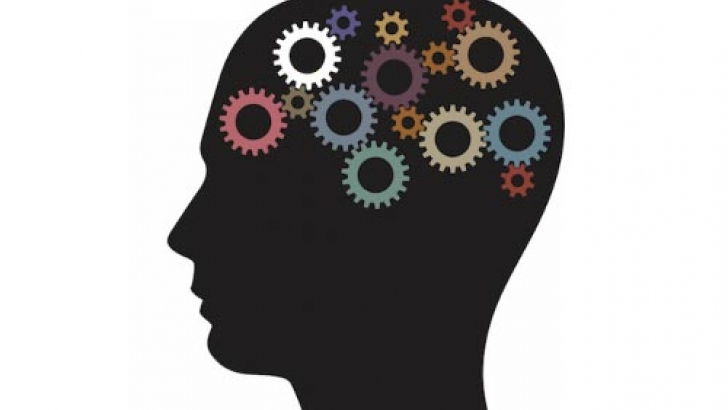
Author: Mallory Inselberg, M.A.
It is very common and normal for individuals to experience changes in their mood and depression related to changes in the weather. This may look like changes in how you feel, think, and handle activities, situations, and people. Most people will start to notice these changes in the fall and most people endorse that these changes typically last through the winter. Seasonal depression is more common in individuals with major depressive disorder; however, many people struggle with symptoms of seasonal depression. Similarly, women tend to experience changes in seasonal depression more often than men. Additionally, younger adults tend to experience changes in seasonal depression more often than older adults.
These seasonal depressive symptoms include:
– Feeling sad or down most of the day for most days.
– Losing interest and motivations for the activities you once enjoyed.
– Changes in appetite (such as overeating) and changes in sleep (such as oversleeping).
– Difficulty thinking, concentrating, and making decisions.
– Loss of energy or increased fatigue.
– Increase in restlessness or decrease in movements that are observable by other people.
– Feeling hopeless or helpless.
– Having thoughts of not wanting to live.
Although the specific cause to seasonal depression is unknown, some common factors include:
– Changes in sunlight can cause changes in biological clocks and lead to feelings of depression.
– Changes in sunlight can cause changes in serotonin levels which may trigger depression.
– Changes in sunlight can cause changes in melatonin levels which may trigger difficulty with sleep patterns.\
Treatment of seasonal depressive symptoms include:
– Light therapy.
– Psychotherapy.
– Antidepressant medications.
– Supplements, such as Vitamin D.
It is important to notice changes in your mood that may indicate the onset of seasonal depression. Common problems include social withdrawal, school or work problems, substance abuse, increased anxiety, or increased suicidality. Although there is no way to prevent the onset of changes in your mood, there are several steps that can be taken to manage your mood to prevent it from getting worse over time. This includes preparing yourself for the colder, darker, and winter months that lead to changes in mood, appetite, and energy levels by reaching out for social support, balancing your diet, and increasing activity levels.
For more information, please visit:
Mayo Clinic (2022). Seasonal affective disorder. Mayo Clinic. https://www.mayoclinic.org/diseases-conditions/seasonal-affective-disorder/symptoms-causes/syc-20364651
National Institute of Mental Health (2022). Seasonal affective disorder. National Institute of Mental Health. https://www.nimh.nih.gov/health/publications/seasonal-affective-disorder
Torres, Felix. (2020, October). Seasonal affective disorder. American Psychiatric Association. https://www.psychiatry.org/patients-families/depression/seasonal-affective-disorder
